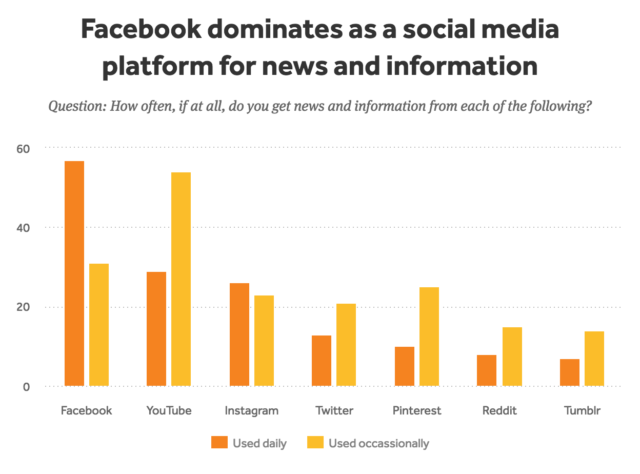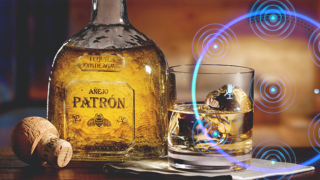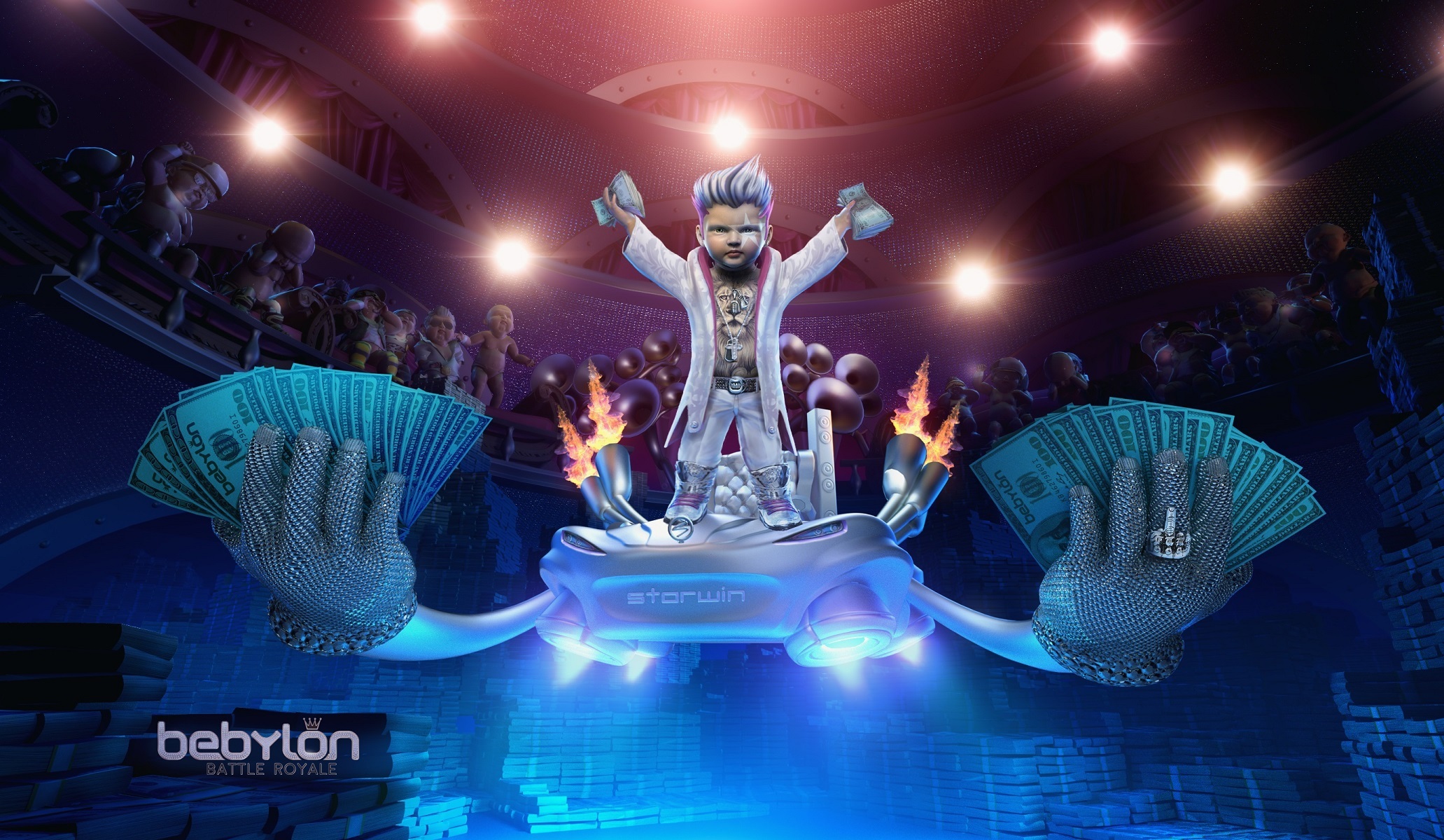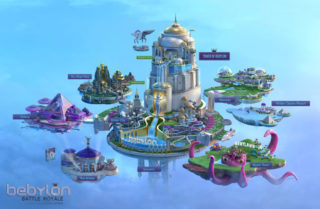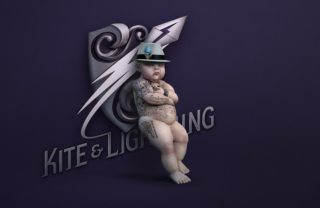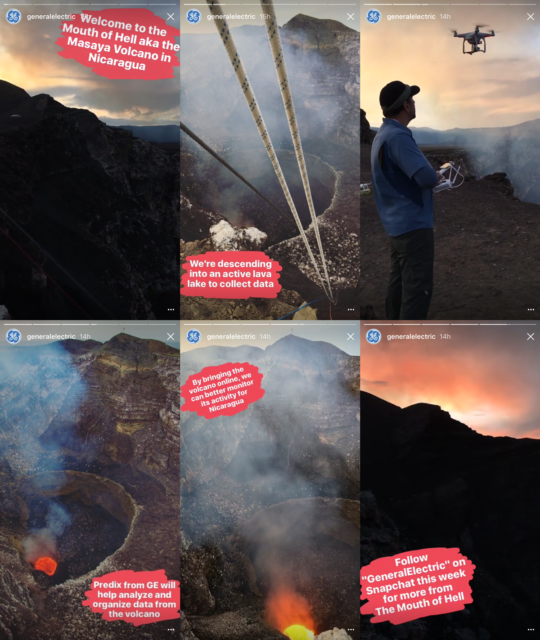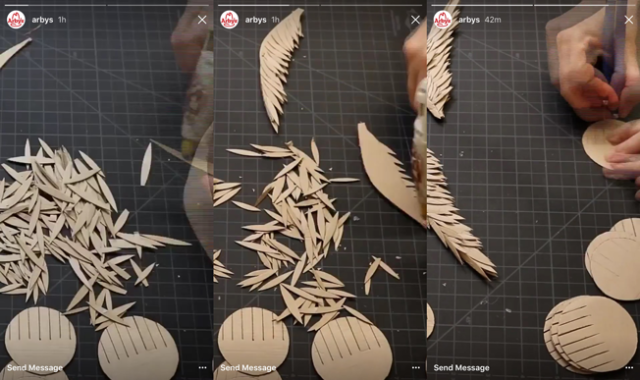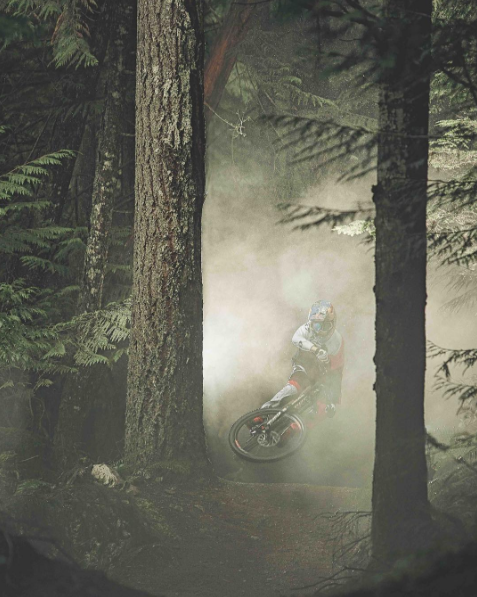At 93-years-young, revered comic book scribe Stan Lee is still learning the tricks of the trade, and producing comics that generations of fans have learned to love.
The creator of Spider-Man, the Hulk, the Fantastic Four, Iron Man, the X-Men, et al, is now introducing immersive storytelling in virtual reality to his distinguished dossier for his new animated series Stan Lee’s Cosmic Crusaders.
Lee, the former president and chairman of Marvel Comics and a 75-year veteran of the film industry, designated full-scale solutions firm Legend VR to create episodes for his new property.
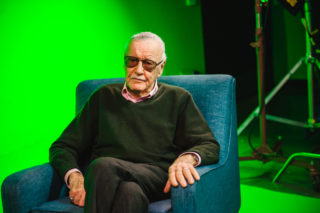
“I can’t wait for everyone to see what the wizards at Legend 3D created for our new series Cosmic Crusaders,” said Lee, who edited and voiced himself as one of the show’s main characters. “Turning me into virtual reality, wow, what will they think of next? This is truly a unique experience for both me and comic book fans.”
Cosmic Crusaders begins by following Lee while he’s having writers block and trying to come up with a new comic; he meets seven aliens who have crash-landed in the US and eventually helps them learn how to access and use their powers as superpowers on Earth. Cosmic Crusaders is co-produced by Genius Brands International and written by Deadpool co-creator Fabian Nicienza.
Will Maurer, vice president of business development for Legend VR’s standalone VR and VFX divisions, previously cut his teeth at Deluxe converting 2D theatrical content into stereoscopic 3D imagery on such projects as San Andreas, Point Break, X-Men: Days of Future Past and Mad Max: Fury Road.
Maurer joined [a]listdaily to discuss why Cosmic Crusaders has been his favorite VR project to date.

Why was the collaboration with Stan Lee’s Cosmic Crusaders a good fit for the Legend VR company profile? How was the partnership formed?
With over fifteen VR projects under our belt, Legend VR is a full-service VR creative agency that creates, develops and produces VR projects from inception through final deliverables. The Cosmic Crusaders project came to us from a meeting with Deb Pierson and Mark Young at Genius Brands International. They saw what we’re doing in VR and were looking for a team that could pull off 2D-motion comic animation at a high level, with a quick turnaround. VR was almost an afterthought for this project given the compressed timeframe to turn something around for Comic-Con, but we knew we couldn’t pass up an opportunity to create Stan Lee’s first VR experience. Our team came up with a truly innovative way to tell the Cosmic Crusaders story in a VR format, and we were even able to incorporate the Legendary Stan Lee into the finished product—how many people can say that?
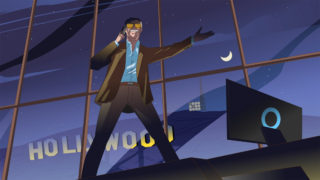
How was the debut of the episodes received at Comic-Con? Take us through what the experience is like.
The Cosmic Crusaders VR experience was very well received. A new episode premiered each day of Comic-Con on the Hindsight VR app, and those fortunate enough to attend Comic-Con got to see a teaser of the first episode on the Samsung Gear VR headset. A seemingly never-ending line of fans of all ages formed at our booth from open to close of the convention each day to try the experience. The most echoed comment was ‘oh my God, I’m sitting right next to Stan Lee!’
What was your assessment of the overall VR craze at Comic-Con? What’s one thing you learned?
There was a large appetite for VR at this year’s Comic-Con, with crowds waiting upward of four hours to try the most anticipated VR experiences like Cosmic Crusaders, Suicide Squad and Mr. Robot. I’m predicting that next year will be the tipping point where more content will premiere in VR than traditional media.
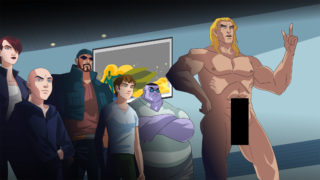
How do you successfully translate comic book storytelling to VR? What’s the special sauce that makes it work?
The thing that most excites us about original content for VR is the ability to reimagine traditional comics into a fully immersive VR experience. A lot of research and development have gone into crafting an unparalleled 360-degree experience that allows the user to experience the action jumping off the page and playing out all around them. Timing and layout of the action in a 360 space with ambisonic audio and innovative transitions from scene to scene are all key factors that play into a memorable VR experience.
Are partnerships, like the one you secured with The Hollywood Reporter, a trend we’ll see developing between VR creators and media companies? What makes such a union work so well?
Exceptional VR content is hard to come by, and a lot of our competitors that are producing VR content are still trying to figure out the technology, post and storytelling aspects that make for a great VR experience. At Legend, we started our research and development in the VR space two years ago, which is light years ahead of other companies in our space. Since then, we’ve worked on projects for clients such as WB, Apple Music, Tidal, Annapurna Pictures, Legendary Pictures, Stan Lee, MasterCard and Patrón, to name a few. Media, branding and marketing partnerships have been a large driving force for VR content in the early stages. Brands and media companies come to us to create a memorable experience around their product, and we work with them every step of the way through the process. And quality and cost efficiencies are just as important to us as it is to our clients, which creates a sustainable relationship.

How would you describe the current consumer appetite for VR content? What kind of an experience works best for the platform?
Giving VR demos of Cosmic Crusaders at Comic-Con was a good case study for the appetite and reaction to VR. Everyone who saw the Gear VR headsets immediately wanted to try them. A good amount of people at the show—roughly 75 percent, I’d say—had not yet tried any form of VR, which surprised me, especially for a Comic-Con crowd. I gave demos to people ranging from 4-to-70-years-old, and regardless of age, they universally shared the same excitement and positive reaction to what we’d created. It reaffirms my passion for this medium when I see the smiles on the faces of the people who just had their first VR experience. Until the resolution on smartphones gets better, and tethered devices become more widespread, the best VR experiences will combine both CG and live-action hybrid. You have the ability to fully immerse a viewer in a new environment, so why not make it something they’ve never seen or experienced before? I also like the incorporation of ambisonic audio and 3D conversion, both of which we at Legend are proficient in. These elements really take VR to another level of immersion.
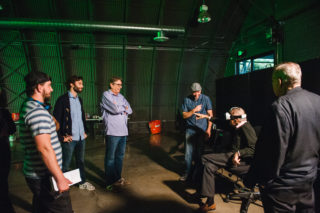
What is currently the biggest challenge for marketing VR?
VR’s biggest challenges are the low resolution of smartphones and the fact that the most widely used viewing device is the Google Cardboard. The distribution platforms are also riddled with low-quality productions with poorly stitched or produced content and storytelling, which requires users to sift through a lot of bad content in an effort to find something compelling and visually pleasing.
What is your favorite VR project to date that you’ve worked on?
We have so many great projects in the hopper, but non-disclosure agreements prevent me from discussing them now. Hands down, though, my most memorable project has to be the Cosmic Crusaders VR experience. The opportunity to meet and collaborate with Stan Lee was a dream come true. In person, he’s just as captivating and enchanting as the superheroes he’s famous for creating.
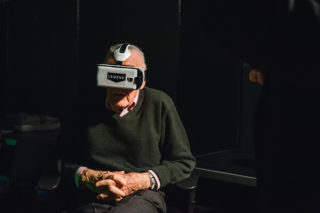
How does Stan Lee editing and voicing himself as one of the show’s main character help put the project on the forefront? What is it like working with him?
Stan Lee participating as a character and narrating the series gives the series that edge that only he can provide. Stan wanted to go for an edgy, adult vibe with Cosmic Crusaders, and we wanted the motion comics to mirror the tone of the writing. We went for dramatic shadows and exaggerated colors, with an overall stylized cinematic look and feel to each scene. We learned on the day of the shoot that it was the first time Stan had done VR, and boy was that an experience. He put the headset on and we showed him a rough of the 360-degree CG environment, with the storyboards playing on a futuristic projector within that environment. As soon as Stan saw himself on the boards, he shouted, ‘hey, there I am—look at how handsome they made me look!’ Needless to say, the room erupted with laughter at his enthusiasm and passion for what we had created. We tried a few different techniques on set to get the best performance for his intros and outros, and when we told him to improvise, the scenes came to life. Stan said, ‘just say action and I’ll take it from there.’ He spent the next hour ad-libbing lines with energy that rivaled some of the most famous superheroes he’s created.
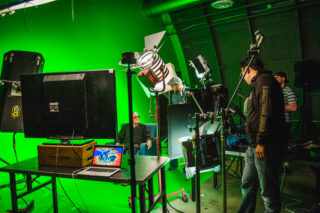
How does Legend VR plan on continuing to expand capability in the space?
Legend has had a focus of staying at the forefront of trends and technology, which gives us a competitive edge. We’re always working with clients and other VR companies in a collaborative manner to help address the technology, storytelling, production and post-related challenges that are prevalent in these early days of VR.
Follow Manouk Akopyan on Twitter @Manouk_Akopyan









